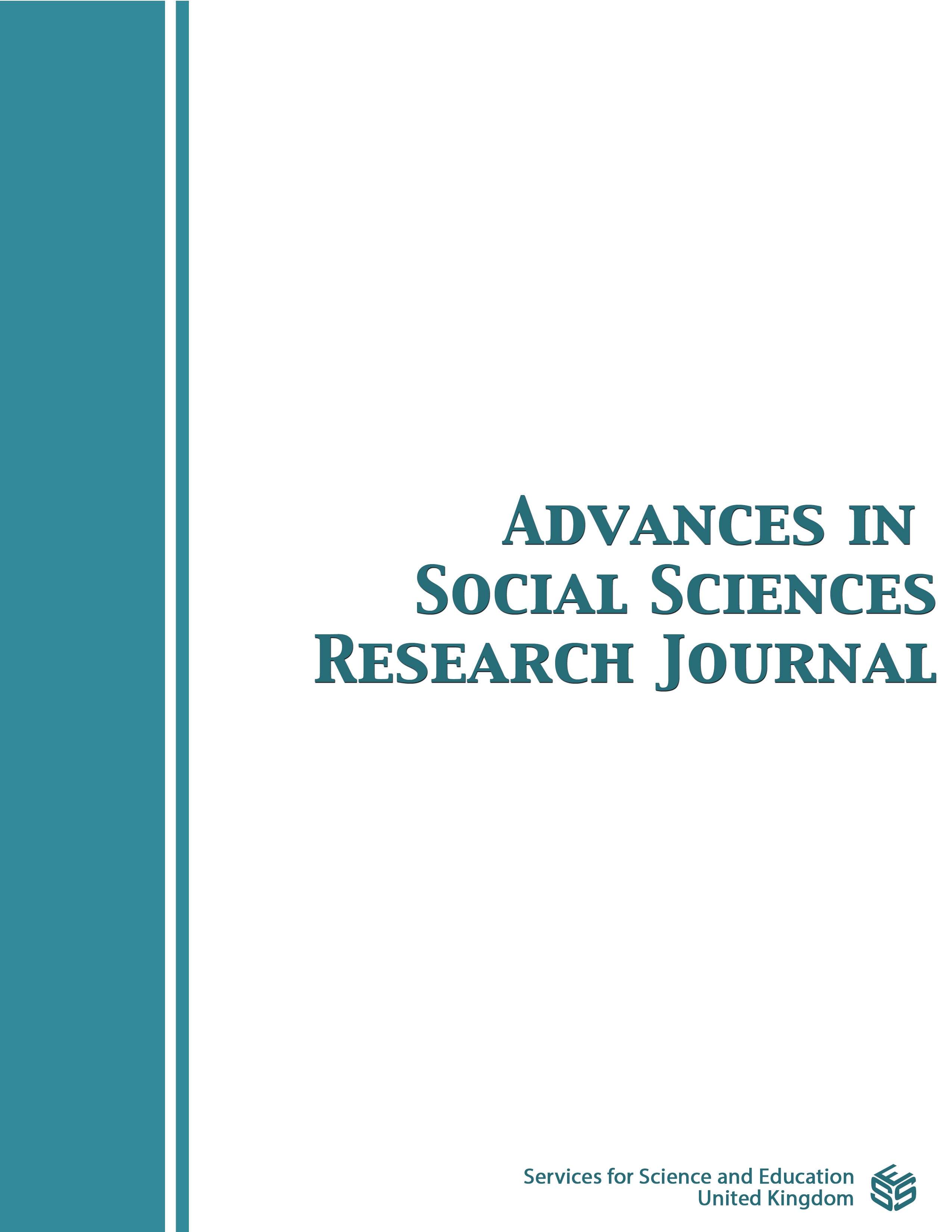Effects of Liberalizing the Exchange Rate on the Production Costs for Cotton and Sugar Beet (Case Study: the New Lands of Kafr El-Sheikh Governorate, Egypt)
DOI:
https://doi.org/10.14738/assrj.113.16714Keywords:
nominal exchange rate, real exchange rate, cotton and sugar beet, production costs, Kafr El-Sheikh Governorate, EgyptAbstract
The policy of decreasing the local currency is considered one of the most important policies to achieve external balance by increasing exports and reducing imports. The exchange rate of the Egyptian pound has deteriorated compared to the US dollar in light of the liberalization of the economy from about 2.1 LE/$ in 1990 to about 3.4 LE/$. in 2000, then to about 5.95 LE/$ in 2010, and exceeded LE 8 in 2015, reaching about 8.88 LE/$ in October 2016. The problem of the study is the emergence of positive and negative effects on the national economy in general and the agricultural sector in particular, and the problem of high prices has led to Local demand for goods, especially agricultural and food, and the occurrence of fluctuations in the volume of agricultural trade and the agricultural trade balance affect the national economy, The research generally aims to measure the impact of changing the exchange rate on the production requirements for cotton and sugar beet crops in Kafr El-Sheikh Governorate by achieving the following sub-objectives: studying the productive indicators for cotton and sugar beet crops in Egypt and Kafr El-Sheikh Governorate, studying the impact of liberalizing the exchange rate on agricultural production requirements in Kafr El-Sheikh Governorate, a study Productive problems of cotton and sugar beet crops in Kafr El-Sheikh Governorate The study relied on the descriptive and quantitative analytical method to estimate and explain economic phenomena related to the economic and social effects of liberalizing the exchange rate on production requirements, using the descriptive analysis method to describe the problem, in addition to the quantitative analysis method using some different measurements such as the general trend. Regarding data sources, the study relied mainly on field data by selecting a random sample in the Al-Hamoul center in Kafr El-Sheikh Governorate during the agricultural season 2022/2023. The most important results were an increase in the cost of an feddan of cotton from about LE 30,500 during the 2021/2022 production season to about LE 36,380 during the 2022/2023 production season, an increase of LE 5,880, representing about 16.16%. The highest increase was in the items of human labor costs, followed by the cost of pesticides, with percentages amounting to about 35.16%, 10.99%, and it was also shown that the costs of an feddan of sugar beets increased from about LE 20,601 during the 2021/2022 production season to about 28,245 pounds during the 2022/2023 production season, an increase of LE 7,644, representing about 27.06%, and that the highest increase was in the labor cost items. Human work is followed by automated work, with percentages of about 29.39% and 12.79%.
Downloads
Published
How to Cite
Issue
Section
License
Copyright (c) 2024 Gaber A. B. Shehata, Nadia F. Jumaa, Karema Z. S. Ahmed, Hanan Muhammad Mustafa, Noha Ramadan Ali

This work is licensed under a Creative Commons Attribution 4.0 International License.
Authors wishing to include figures, tables, or text passages that have already been published elsewhere are required to obtain permission from the copyright owner(s) for both the print and online format and to include evidence that such permission has been granted when submitting their papers. Any material received without such evidence will be assumed to originate from the authors.






